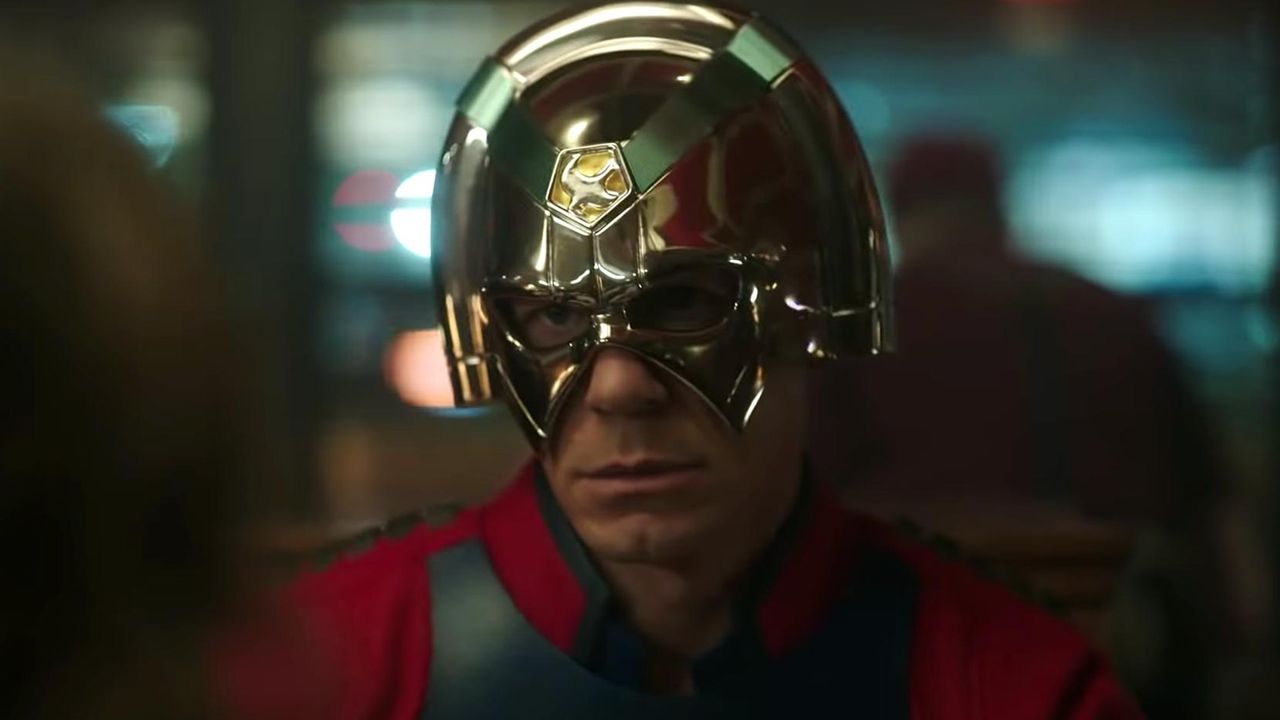
The Multiverse Reimagined in Peacemaker Season 2
The concept of the multiverse has become a staple in modern entertainment, with its presence felt across multiple platforms and genres. From the Marvel Cinematic Universe (MCU) to the critically acclaimed film Everything Everywhere All at Once, the idea of parallel worlds has been explored extensively. However, this saturation has led to a sense of fatigue among audiences, who often find themselves overwhelmed by the sheer number of iterations and interpretations. Despite this, Peacemaker season 2 on HBO Max offers a fresh take on the multiverse, proving that there's still room for meaningful storytelling within this familiar framework.
In the new season, the protagonist, Peacemaker (John Cena), encounters an alternate version of the DC Universe where his life is seemingly perfect. This dimension, referred to as DC2, presents a stark contrast to the challenges he faces in the main universe. Here, his father, Auggie/The White Dragon (Robert Patrick), is alive and loving, and his brother Keith (David Denman), whom he accidentally killed as a child, is also present. Additionally, Peacemaker is part of a celebrated superhero team called The Top Trio and maintains a complicated relationship with Emilia Harcourt (Jennifer Holland), a woman he has long admired.
This alternate reality serves as a powerful narrative device, allowing the show to explore themes of trauma, identity, and personal growth. Unlike the DCU, where Peacemaker is constantly burdened by his past and the expectations of others, DC2 offers a glimpse into what could be if he were in the right environment. The grass is indeed greener on the other side, but the journey to understand why that is remains central to the story.
James Gunn’s Vision of the Multiverse
Writer and director James Gunn has always taken a unique approach to the multiverse, emphasizing character-driven storytelling over spectacle. In an interview with Interview magazine, Gunn compared the concept of the multiverse in Peacemaker to Philip Roth’s The Counterlife, highlighting the idea of one reflection of a world rather than a sprawling array of realities. While this may seem like a distinction without a difference, the core of the season revolves around the Quantum Unfolding Chamber, a dimensional doorway introduced in season 1 that leads to 99 other dimensions.
Gunn clarifies that these dimensions are not just alternate realities but actual different planes of existence. While some of these dimensions contain bizarre elements like Kyphotic Aliens or imps, the focus of the season remains on the emotional journey of Peacemaker. The show uses the multiverse as a tool to examine how characters respond to different versions of themselves, rather than simply using it as a plot device.
A Contrast to Other Multiverse Narratives
When compared to other multiverse narratives, such as those in the MCU, Peacemaker stands out for its focus on character development. Films like Doctor Strange in the Multiverse of Madness and Spider-Man: No Way Home have been criticized for their reliance on cameos and nostalgia-driven plots, often at the expense of coherent storytelling. In contrast, Everything Everywhere All at Once manages to balance surreal concepts with heartfelt family drama, making it a standout example of how the multiverse can be used effectively.
Similarly, Peacemaker season 2 draws inspiration from shows like Counterpart, a spy thriller that explores two divergent universes while maintaining a strong focus on character dynamics. Gunn himself acknowledges this influence, referring to the season as “the Christopher Smith season,” emphasizing that the story is more about the character of Christopher Smith than the superhero persona he occasionally dons.
The Future of the Multiverse
As the season progresses, it becomes clear that the multiverse is not just a backdrop but a crucial element of the narrative. The final episodes, which have not yet been reviewed, are expected to bring significant changes, potentially redefining what it means to be "better off" in another dimension. However, the true success of the season lies in its ability to use the multiverse as a lens through which to explore deeper emotional truths.
Audiences may be tired of the multiverse, but they are not necessarily tired of stories that use it thoughtfully. The key is to start with the emotional journey of the characters rather than relying on gimmicks or Easter eggs. When done right, the multiverse can add depth and complexity to a story, enriching the narrative rather than overwhelming it.
In the end, Peacemaker season 2 proves that the multiverse is not dead—it’s just waiting for the right storytellers to give it new life.

Post a Comment